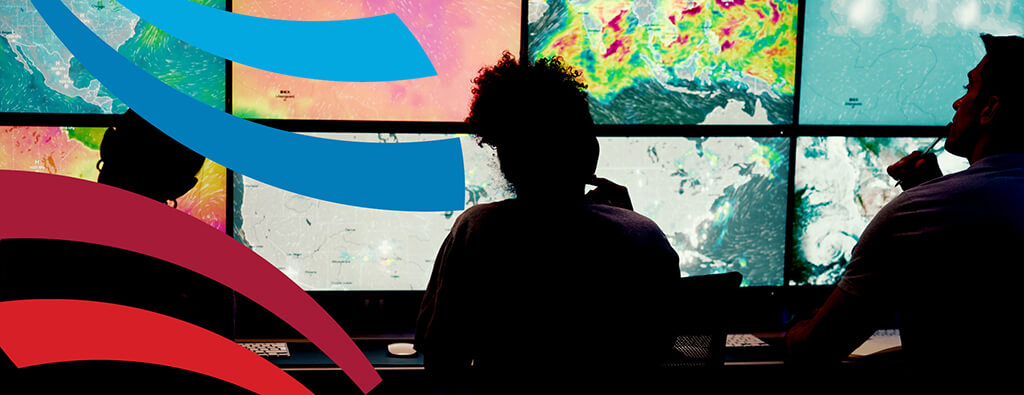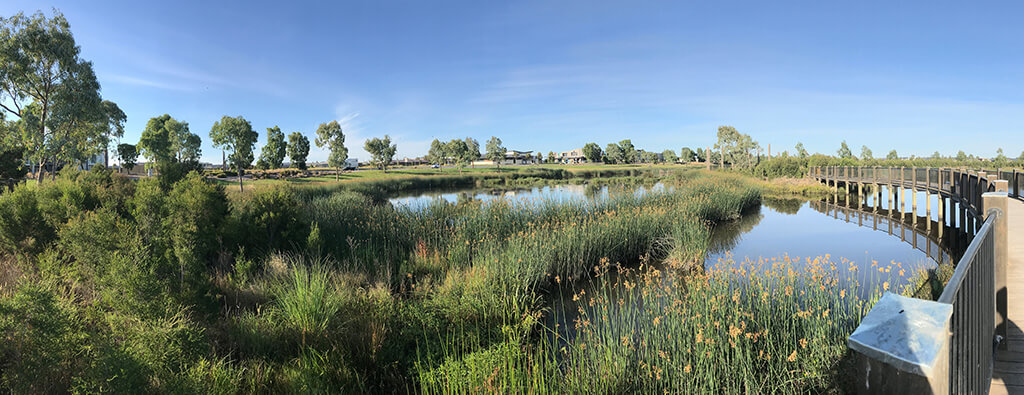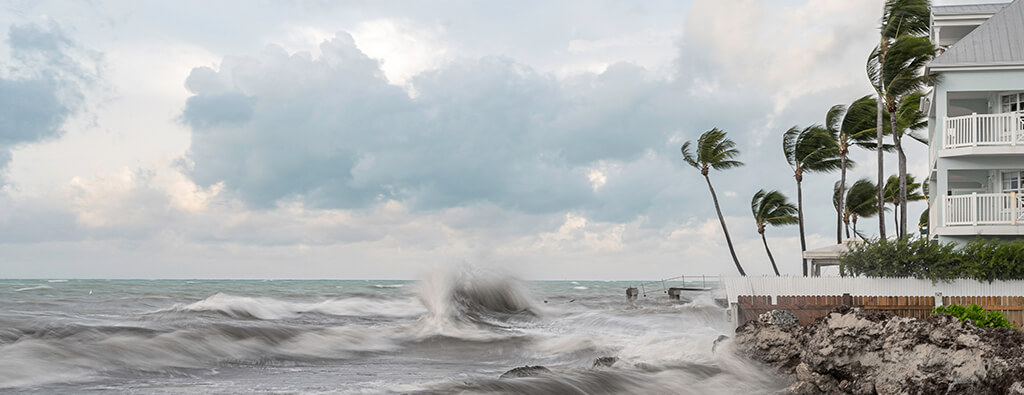FEMA rolled out the designation of 483 census tracts, the first communities to receive targeted assistance to enhance their resilience to natural hazards and extreme weather conditions worsened by the changing climate.
Here are the key facets of this program:
- Origins: Stemming from the Community Disaster Resilience Zones Act of 2022 (CDRZ), this bipartisan legislation has one key mission: fortifying communities, especially those most vulnerable to climate change, against natural disasters.
- Support Structure: FEMA’s designations are not just symbols. They come with real, tangible advantages. Federal agencies, for instance, will receive an additional cost-share for projects in these zones. Moreover, these designations will guide the private sector, nonprofits, philanthropies, and other non-federal entities to channel investments into community resilience.
- Inclusivity at Its Core: Ensuring fair representation, FEMA has ensured that every state in the U.S. has at least one CDRZ, embracing coastal, inland, urban, suburban, and rural communities.
- FEMA’s Assurance: This initiative guarantees that communities at risk can bolster their defenses against the mounting threat of natural disasters.
- Nationwide Scope: Interested in learning where the CDRZ zones are across all 50 states and the District of Columbia? Delve deeper via FEMA’s interactive map.
- The Road Ahead: While this is a monumental start, it’s just that – a start. More designations encompassing tribal lands and territories are on the horizon for Fall 2023. FEMA plans to refine the designation process with inputs like the National Risk Index and feedback from initial designations, incorporating nuances like tsunami and flood risks.
- Empowering Underserved Communities: By integrating tools like the Climate and Economic Justice Screening Tool, this initiative identifies and uplifts communities often marginalized and hit hardest by pollution and climate risks.
- Financial Backing: With prioritized access to federal funding, these zones stand to benefit greatly. Collaborative ventures like NOAA’s forthcoming Climate-Smart Communities Initiative will amplify efforts to create more resilient communities.
- Shared Vision: The foundation of the CDRZ Act is collaboration. It takes a holistic approach to resilience by bridging the gap between governments, private entities, nonprofits, and academia.
- Continuous Engagement: FEMA is committed to refining the designation process by leveraging support from varied resources and engaging with the public and local jurisdictions.
As the threats we face are amplified by the changing climate, initiatives like these by FEMA pave the way for a more resilient future.
To learn more about this announcement and initiative, read FEMA’s Press Release.



